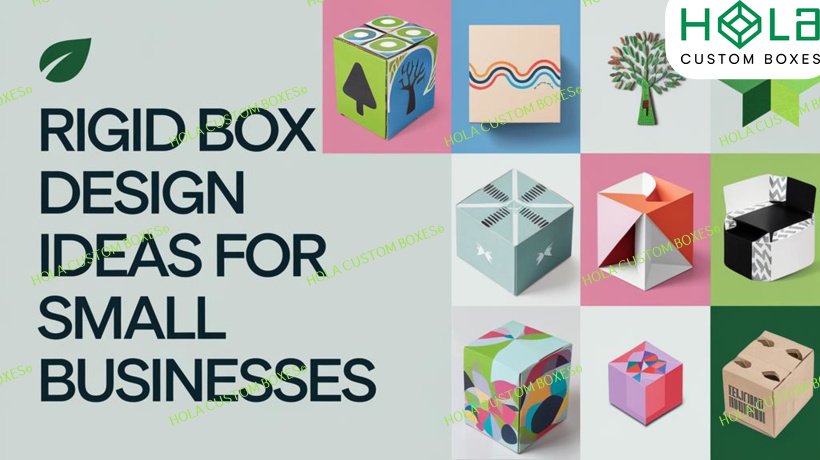In today’s rapidly evolving marketplace, the term “Business Inside” has emerged as a critical concept, highlighting the internal dynamics that drive a company’s success. Unlike external business strategies that focus on market positioning, customer engagement, and competitor analysis, “Business Inside” emphasizes the internal mechanisms, culture, and processes that support a company’s operations. This article delves into the meaning of “Business Inside,” its components, and how it plays a pivotal role in shaping the future of modern enterprises.
What is “Business Inside”?
“Business Inside” refers to the internal environment of an organization, encompassing its culture, structure, operational processes, employee engagement, and internal communication. It is the backbone of any company, providing the support system that enables the execution of external business strategies. Essentially, it is about what happens behind the scenes in an organization, ensuring that all departments and functions are aligned and working effectively towards common goals.
While external factors like market demand and competition are beyond a company’s control, the internal environment is something businesses can shape and refine. By focusing on “Business Inside,” companies can build a solid foundation that enables resilience, adaptability, and sustained growth, regardless of external pressures.
Key Components of “Business Inside”
To fully understand “Business Inside,” it is essential to break down its key components. These include organizational culture, leadership, operational efficiency, internal communication, and employee engagement.
Leadership
Leadership plays a critical role in shaping the “Business Inside” of an organization. Effective leaders inspire and motivate their teams, set clear goals, and create an environment where employees feel empowered to take ownership of their work. Leadership is not just about making decisions; it’s about setting an example, building trust, and fostering a sense of community within the organization.
The leadership style adopted by a company can have a significant impact on its internal environment. For example, transformational leaders who focus on innovation, change, and employee development tend to create dynamic and forward-thinking organizations. In contrast, autocratic leadership can stifle creativity and lead to a disengaged workforce.
Operational Efficiency
Operational efficiency refers to the ability of a company to deliver products or services in the most cost-effective manner without compromising quality. This component of “Business Inside” focuses on streamlining processes, optimizing resources, and eliminating waste. Efficient operations are crucial for maintaining profitability, especially in industries with tight margins.
Companies that prioritize operational efficiency can respond more quickly to market changes, reduce costs, and improve customer satisfaction. This, in turn, gives them a competitive edge and supports long-term success.
Employee Engagement
Employee engagement is the emotional commitment that employees have to their organization and its goals. Engaged employees are motivated to give their best effort, are more productive, and are less likely to leave the company. This component of “Business Inside” is crucial for driving innovation, improving customer service, and achieving business goals.
Companies can enhance employee engagement by providing opportunities for growth, recognizing and rewarding achievements, and fostering a positive work environment. When employees feel valued and connected to the company’s mission, they are more likely to go above and beyond in their roles.
The Importance of Focusing on “Business Inside”
In an increasingly competitive business landscape, focusing on “Business Inside” is more important than ever. Companies that neglect their internal environment may struggle with inefficiencies, high turnover rates, and a disengaged workforce, all of which can hinder their ability to compete in the market.
Building Resilience
One of the key benefits of focusing on “Business Inside” is building organizational resilience. A strong internal environment enables companies to adapt to changes in the market. Whether it’s a shift in consumer preferences, new regulations, or economic downturns. When internal processes are efficient, and employees are engaged, companies are better equipped to weather challenges and emerge stronger.
Attracting and Retaining Talent
In today’s job market, top talent is in high demand, and companies that focus on “Business Inside” have a better chance of attracting and retaining skilled employees. A positive work environment, opportunities for growth, and a strong organizational culture make a company more appealing to job seekers. Additionally, engaged employees are less likely to leave, reducing turnover costs and preserving institutional knowledge.
Supporting Sustainable Growth
Sustainable growth requires a strong foundation, and this foundation is built on the principles of “Business Inside.” Companies that invest in their internal environment are more likely to achieve long-term success. By continuously improving internal processes, nurturing a positive culture, and keeping employees engaged, businesses can create a cycle of growth that is sustainable over time.
Strategies for Strengthening “Business Inside”
Strengthening “Business Inside” requires a proactive approach and a commitment to continuous improvement. Here are some strategies that companies can adopt to enhance their internal environment:
Conduct Regular Assessments
Regular assessments of the internal environment can help companies identify areas for improvement. This could include employee surveys, process audits, and performance reviews. By gathering feedback from employees and analyzing internal processes, companies can pinpoint inefficiencies, gaps in communication, or cultural issues that need to be addressed.
Invest in Leadership Development
Strong leadership is essential for a healthy internal environment. Companies should invest in leadership development programs that equip managers with the skills needed to inspire and motivate their teams. This could include training in communication, conflict resolution, and change management. Additionally, promoting from within can help maintain continuity and reinforce the company’s culture.
Enhance Internal Communication
Effective internal communication is key to aligning employees with the company’s goals and fostering collaboration. Companies should establish clear communication channels, encourage open dialogue, and ensure that important information is disseminated in a timely manner. Town hall meetings, internal newsletters, and team-building activities can help improve communication and strengthen relationships among employees.
Conclusion
“Business Inside” is the foundation upon which successful companies are built. By focusing on the internal environment culture, leadership, operational efficiency, communication, and employee engagement businesses can create a strong, resilient organization capable of thriving in a competitive marketplace. As the business landscape continues to evolve, the importance of a well-developed “Business Inside” cannot be overstated. Companies that prioritize their internal environment will not only survive but thrive, driving innovation, enhancing customer satisfaction, and achieving sustainable growth.











